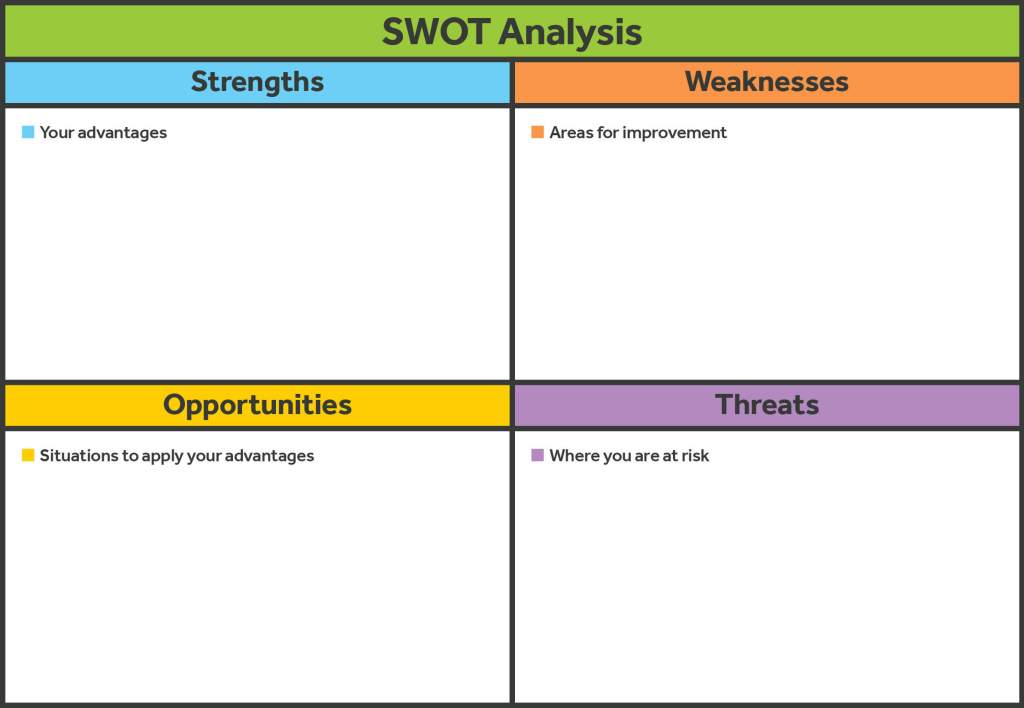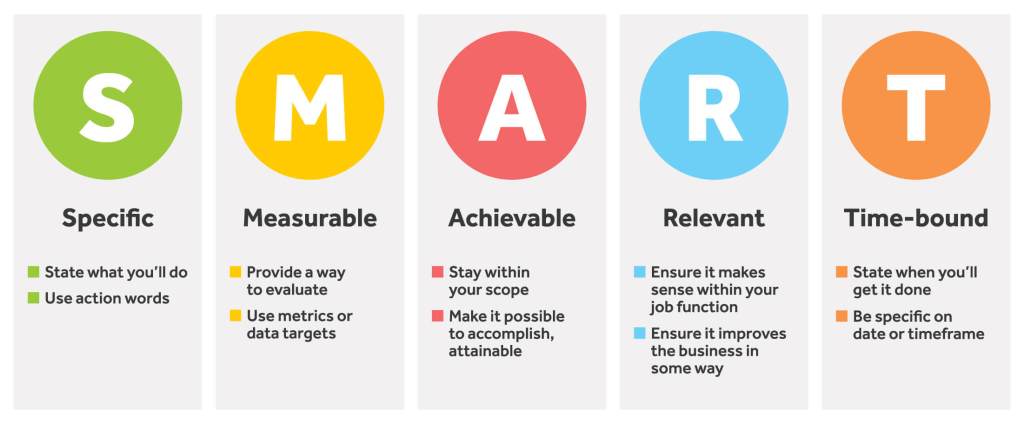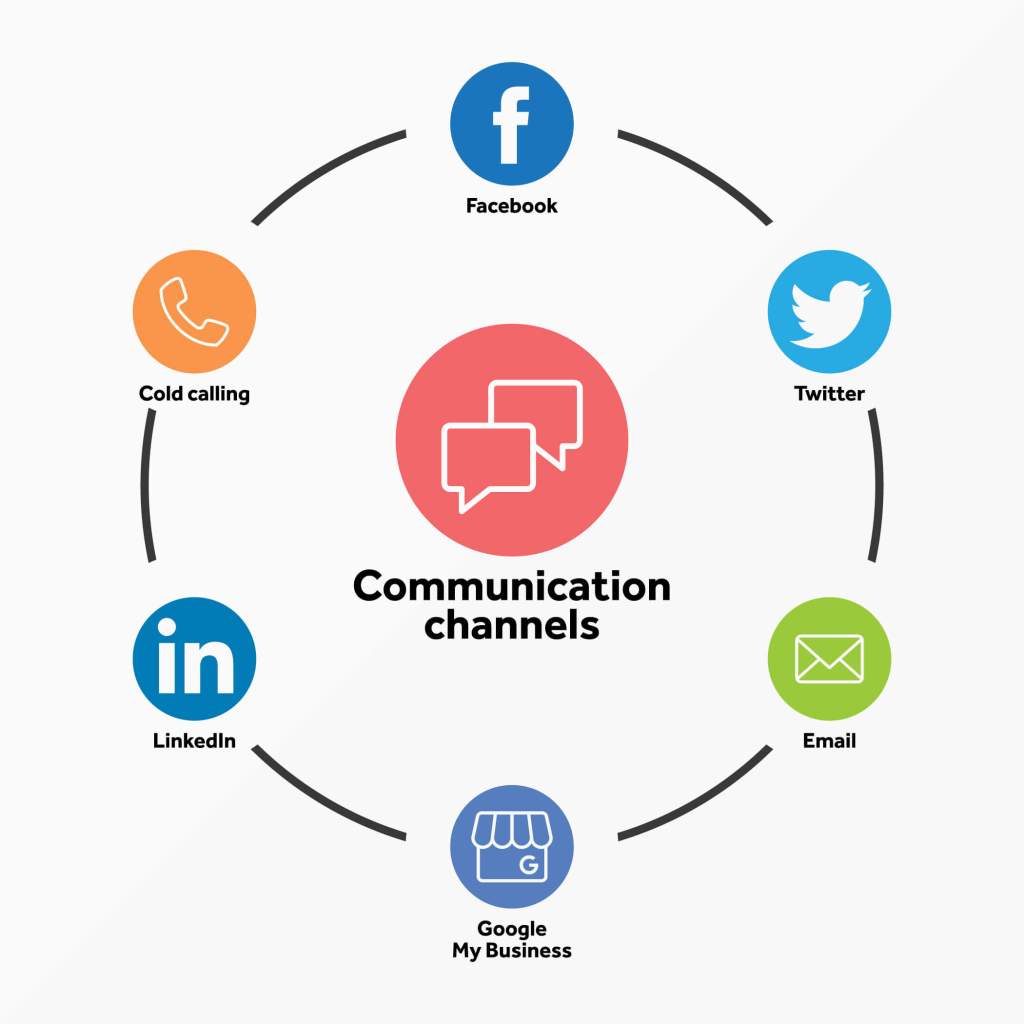Marketing is the heartbeat of an organization. It’s knowing what your ideal client needs and providing stellar products and services to gratify those needs. It tells a story to capture attention, provides an exceptional client experience and allows your firm to flourish.
As accountants, creating a marketing program may be outside your comfort zone, but it doesn’t have to be. You’re already well-versed in planning and analyzing, so simply apply those skills to creating a killer marketing program.
In this article, learn:
- The marketing basics
- Tips on analyzing your current program
- How to define and set measurable goals
- How to create a solid prospect list
- Why you need to embrace content creation
- …Tons more.
Step 1: Understand the marketing basics
Before you dive in and build a marketing strategy, it’s best to start at the beginning. At its core, marketing can be viewed as communication or “getting the word out,” but it’s much more than that. It’s a strategic process of satisfying consumer needs and desires. And it all starts with the four P’s: Product, Price, Place and Promotion.
The four P’s are the fundamental pillars of your marketing strategy, and we’ve defined them below.
- Product: Simply put, products are what your firm sells. Offer products, such as advisory services, that will fulfill the needs of your clients and prospects. For modern firms, creating repeatable products and services is key.
- Price: Price refers to how much you charge for products or services. Pricing should be affordable for your target consumer but competitive in the marketplace. And most importantly, focus on pricing that maximizes profits.
- Place: Place typically means “location.” For modern accounting firms, however, it also refers to where and how services are delivered. While your firm has a physical location where business is performed, services can also be delivered online via a web-based, collaborative interface or client center.
- Promotion: Promotion brings the other P’s into play and is how you’re communicating to consumers to persuade them to do business with your firm. The right promotion on the right marketing channels also motivates your ideal client to take action.
Spend time thinking about the products and services your clients need, but that also brings high value to your firm. Focus on the quality of the products offered and stay away from one-off services that don’t yield a high return.
Step 2: Analyze your current process
When starting your marketing plan, it’s important to begin with a SWOT analysis. This technique will identify your firm’s strengths, weaknesses, opportunities and threats, and help you analyze where your firm shines (or doesn’t). It also provides insight into future situations you can use to your advantage (e.g., changing tax laws, extended deadlines), as well as outside factors that could threaten your firm (e.g., staffing challenges).
Below, we break down each quadrant.
- Strengths. Strengths will help your firm determine where you excel and how you crush your competition. To assess your strengths, consider the following questions:
- What do we do well?
- What resources can we use?
- What products/services are our best sellers?
- Weaknesses. A firm that has weaknesses isn’t performing at its best. These are areas that need improvement to remain competitive. Ask yourself the following to determine your firm’s weaknesses:
- Where/what can we improve?
- Do we have adequate resources (i.e., staff)?
- What products/services are underperforming?
- Opportunities. Opportunities are openings (usually caused by external factors) that can give your firm a competitive advantage. Use the following questions in your opportunity analysis:
- What opportunities are available to our firm?
- Are there current trends we can take advantage of?
- What new market segments can we explore?
- Threats. Threats are factors that can harm your firm. To evaluate current (or possible) threats to your firm, see the following questions:
- What new regulations could threaten our firm?
- What do our competitors do well?
- Do our weaknesses expose any threats?
Using the questions above and a SWOT analysis template like below, make time to evaluate your firm and where it currently stands.

Use the results from your analysis to build upon strengths, improve weaknesses, capitalize on opportunities and eradicate threats. Allow them to guide your path when identifying your marketing goals to create a stellar marketing plan.
Step 3: Set measurable goals
Before you set your marketing goals, it’s important to think about the end game—what you need or want to achieve. And informed by your SWOT analysis, plan your goals accordingly. Make goal-setting easy by using the SMART method.

Start by analyzing the results of your SWOT analysis and turn those into specific, measurable, achievable, relevant and time-bound goals to measure your success and make adjustments as needed.
Step 4: Devise a plan
Once measurable goals are created, utilize them to plan your digital marketing strategy. You need to consider three things (in addition to the four P’s) when devising your marketing plan.
- Identify the right clients. Before you start to rapid-fire email campaigns or social posts, you need to understand your ideal client. Think about the buyer personas associated with ideal clients and remember there is no one-size-fits-all approach. Creating buyer personas lets you get to know your clients better.
- Identify the right products. You can’t create a plan without knowing what products or services you want to sell. You have to understand what clients desire and what you can deliver. Is it payroll? Advisory services? Once you know what you want to sell, productize it and price it appropriately for your market.
- Build a clear delivery model. Once you’ve determined your ideal client and the products you want to sell, decide how you’re going to deliver your messaging. Create a modern delivery structure using the technologies that your ideal clients expect.
Knowing your client, identifying the right products and building a clear delivery model will set you well on your way to implementing your plan. Goals are set, and the plan is created, so now it’s time to market to the masses (i.e., your ideal customers).
Step 5: Map out your communication channels

There are several options when it comes to marketing channels, and these days digital marketing is a big piece of the pie. Non-digital marketing isn’t going away, so it’s imperative to have a healthy mix of all available channels. We’re here to break them down into manageable pieces.
- Social channels. Let’s face it. Social media is here to stay. Most of your ideal clients won’t be “everywhere,” so focus on the channels they frequent. Whatever you choose, be sure you have at least two social channels as part of your digital marketing plan.
- Modern website. First and foremost, you need a modern website. This is where you make your first impression on prospects. And bonus—you can post your content (i.e., eBooks, magazines, how-to articles) here for free.
- Google Business Profile. If you haven’t claimed your free (yes, free) Google Business Profile listing yet, do it now. 68% of people contact a business directly from Google search results, so take advantage of the free listing and build up your profile to make your way to the top of “accounting firm near me” search results.
- Social media. Tailor your online marketing approach to each social channel differently. LinkedIn and Twitter are different sites, so messaging that may flourish on Twitter (think multiple hashtags and emojis) may not do as well on LinkedIn. Also remember to engage with your audience when they comment or share, as it shows authenticity.
And one last note: Don’t feel like you need to post on every social media outlet available. Exert effort and time on the ones that work for you.
- Paid advertising. This approach is helpful in order to generate more exposure to your content. You have complete control over paid promotions through social channels like Facebook, LinkedIn and Google AdWords, but set a budget and analyze results to make sure the return on the investment is sound. Test different platforms to see which works best for your firm.
- Inbound marketing. Inbound marketing is a less intrusive way for prospects and clients to come to you and is commonly put into place with digital and direct mail marketing. For example, when you’ve published a new eBook you want to promote, ensure that it becomes gated content so that eager readers can enter their contact info. This contact info can then be transferred into specific follow-up emails expanding upon the content in the eBook.
- Outbound marketing. While cold calling may not be your thing, outbound marketing is a tried-and-true communication channel. This typically involves purchasing a prospect list tailored to your ideal client and contacting those prospects to give a high-level sales pitch, persuading the callee to make an appointment to learn more.
With this information in hand, remember to start with what you own, such as your website, email list or blog. This is important because you aren’t relying on other platforms to promote your firm. If your only digital marketing channel is Facebook and Facebook’s servers go down, this will leave you scrambling, especially if you have paid posts scheduled for release during unexpected downtime.
Step 6: Build a solid prospect list and referral base
Another critical aspect of a killer marketing program is a solid prospect list. This should be curated based on your ideal client and can be built in several ways, including:
- List purchase: Firms can purchase a mailing list from a broker based on specific criteria (e.g., location, industry, organization size, role in the company). There are two downsides you should be aware of. First, purchased lists can be expensive. And second, emailing prospects without their permission is a violation of federal anti-spam laws. Look for a broker who provides lists where users have already opted in if you go this route.
- Professional associations: Check with local and state chambers of commerce for member directories or with professional associations for lists. Keep in mind that organizations may not provide information to third parties due to privacy policies.
- Organic list building: Build your list manually by performing simple searches on Google or LinkedIn for businesses within your niche. This method takes longer but produces high-quality leads.
- Gated content: Grant access to free resource downloads on your website in exchange for names and email addresses. Promote this gated content with links on your social media channels to drive ideal clients to your website.
- Onsite events: For firms that may attend trade shows, leverage onsite events where people sign up for a promotional giveaway. This allows interested parties to opt-in to receive more information about your firm while giving them the possibility of winning a prize. Who doesn’t like free stuff?
While organic growth may take longer, it provides quality leads. It also allows prospects to opt in to receive emails from you. An important aspect to keep in mind is to segment your lists. You don’t want to send the same content to clients as you do to prospects because the messaging may be irrelevant.
Don’t forget that happy clients are your best source of marketing communication. Maintain a list of satisfied clients who will advocate for your firm. Referrals are key when it comes to getting the word out. And remember, this doesn’t include just clients, but also partners, vendors and other professional services like attorneys or insurance agents. Consistent outstanding experiences with your firm will essentially write the script for referrals.
Tip 7: Embrace content marketing
Developing marketing content may not be easy for accounting firms, so it’s hard to know where to start. Content marketing aims to create valuable content that informs, inspires, and educates your target audience.
Before you dive in and start creating new content, take a look at what you already have. Do you have images, videos, blogs, eBooks or infographics? If an eBook is performing well (i.e., hundreds or thousands of downloads), there’s no need to recreate the wheel. Take the content that works and repurpose it into an article or additional social posts.
If you don’t have content that can be reused, think about what information will be helpful to your prospects and clients. This content can include materials such as eBooks, how-to guides, tips or niche-specific information.
Good content helps prospects to become clients. Providing the right content at the right time will help them in this journey. And don’t forget to tell prospects what to do when they get to the end of your content—be sure to include a CTA (call to action). The purpose is to have your target audience take action on your content—downloading content, listening to a podcast, registering for a webinar or signing up for an email list.
While creating educational content can be difficult for some firms, Rootworks members can enhance their digital marketing strategy by taking advantage of a monthly content package with curated content, such as blog articles, magazines and social posts, that can be pushed to clients through your website.

Tip 8: Evaluate results and make adjustments
When you start pushing content out to your audience, keep in mind that you’ll need to have the right tools to measure the success of your marketing goals. It’s important to track marketing activities, along with their costs and the results they provide, so you can determine if what you’re doing is working.
Social media schedulers such as HubSpot or Sprout Social include analytics so you can review what your audience likes (or doesn’t), what type of content performs well or what time of day most users are engaging. Use Google Analytics to see your Google My Business stats and measure your website performance.
A marketing strategy isn’t a set-it-and-forget-it type of deal. You must constantly evaluate and make adjustments as needed. Your strategy needs to grow and evolve over time to keep up with changes. A few questions to keep in mind as you evaluate your results:
- Are your leads and business opportunities the same as when you first launched your products and/or services?
- Have new rules or regulations changed the services you provide? Has your ideal client changed?
- Are your products/services making their expected revenue? What is or isn’t working?
Review current sales tactics to see if sales are up or down from the same quarter last year or if there are major differences in outside factors during that time.
Compare results to the measurable goals you set. Where do you stand? Where can you improve? It’s vital to consistently evaluate your strategy so you can make changes that yield better results.
Tip 9: Never lose touch
As we said before, marketing isn’t a set-it-and-forget-it type of deal, and this also includes follow-up communications. You want clients and prospects to keep your firm top of mind, so be sure to maintain consistent communication. We have a few ways for you to do this:
- Post-webinar emails. Once a webinar you’ve hosted has concluded, send a follow-up email to those who attended with a note of gratitude and a recording of the webinar, if possible. You’ll also want to send a follow-up email to those that didn’t attend to let them know they were missed and include a link to upcoming webinars.
- Create drip campaigns. Create an automated email campaign to keep in touch with your audience. A campaign can be triggered by an eBook download from your website, which would include a welcome email, then another email a few days later with additional must-read content associated with the eBook. If someone keeps viewing your products page but hasn’t reached out yet, send an email with reasons to sign up for services.
- Monthly newsletters. Send out a monthly newsletter with helpful information, such as upcoming deadlines or tax regulation changes, along with educational content and any tips for making it through the coming months. Elevate your team on a rotating basis with a message to prospects and clients. Don’t be afraid to include referrals or success stories. People love warm and fuzzy messaging.
Remember to use multiple methods of communication—but start slow. Start with a drip campaign based on a downloaded resource to get the ball rolling. Once it starts to gain traction, incorporate other methods of communication such as post-webinar emails or monthly newsletters. Just be consistent.
It’s time to get your marketing on—progressively
You may be ready to jump in and start promoting your firm’s message to anyone who will listen. But remember, when it comes to building a marketing strategy, slow and steady wins the race. Start by evaluating your current marketing program and go from there. Follow our nine tips to help you implement a killer marketing program and crush the competition.
There’s no one-size-fits-all approach to marketing, so set goals, be consistent, reevaluate often and pivot when needed.
For more insights about how to run a profitable, growth-oriented accounting firm, subscribe to our blog.

